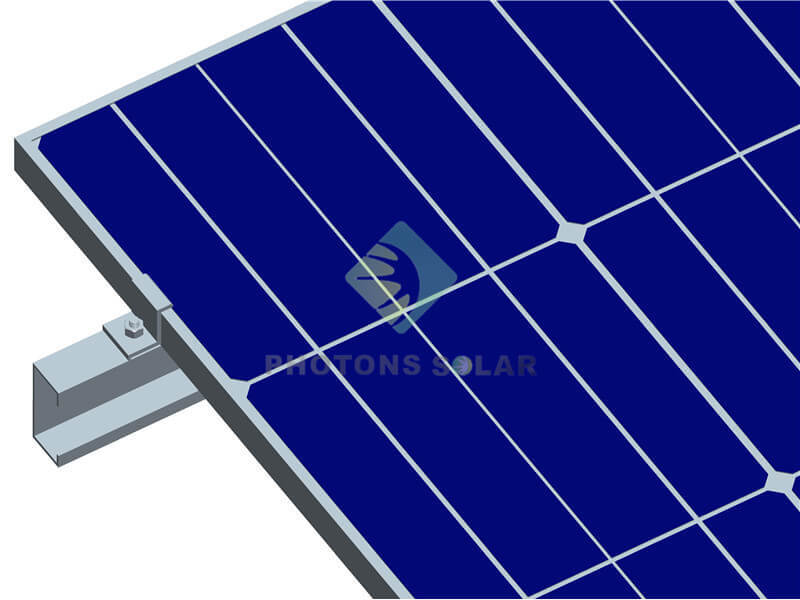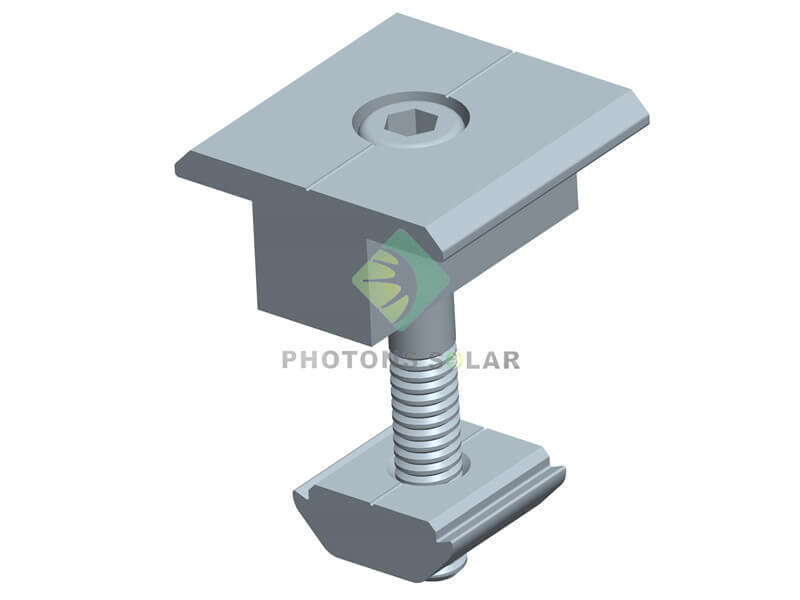Why Solar Cables are Essential for Your PV System
Release time:
2025-06-01
Source:
Why Solar Cables are Essential for Your PV System
Table of Contents
- Introduction: The Backbone of Your Solar Energy System
- Understanding Solar Cables: Types and Characteristics
- The Importance of Solar Cables in Photovoltaic Systems
- Efficiency and Performance: How Cables Impact Energy Output
- Safety Considerations: Preventing Hazards with Proper Cable Selection
- Installation Best Practices for Solar Cables
- Planning the Installation: Key Considerations
- Cable Routing Techniques: Ensuring Optimal Performance
- Maintenance and Care for Solar Cables
- Inspecting Solar Cables: Regular Checks for Longevity
- Troubleshooting Common Issues with Solar Cables
- Conclusion: Investing in the Right Solar Cables
- FAQs: Your Questions Answered
Introduction: The Backbone of Your Solar Energy System
In the solar energy industry, a **reliable photovoltaic (PV) system** is crucial for harnessing the sun's power effectively. While many focus on solar panels and inverters, the importance of **solar cables** often goes unnoticed. These cables serve as the vital link between your solar panels, battery storage, and the inverter, playing a significant role in energy transmission. This article explores why solar cables are essential for your PV system, ensuring safety, efficiency, and longevity.
Understanding Solar Cables: Types and Characteristics
To appreciate the significance of solar cables, it’s essential to understand their types and key characteristics.
Types of Solar Cables: What You Need to Know
There are primarily two types of cables used in solar applications: **photovoltaic (PV) cables** and **battery cables**.
1. **Photovoltaic (PV) Cables**:
These cables are specifically designed for solar panel connections. They are UV-resistant and insulated to withstand harsh weather conditions and extreme temperatures. The most common types include:
- **TUV-certified cables**: These cables are compliant with international standards, ensuring safety and durability.
- **H1Z2Z2-K cables**: Known for their flexibility and resistance to external factors like moisture and UV rays.
2. **Battery Cables**:
Used to connect batteries in off-grid solar systems, these cables must handle high currents efficiently. They are typically thicker and designed to minimize voltage drop.
Key Characteristics of Quality Solar Cables
When selecting solar cables, consider the following characteristics:
- **Temperature Rating**: Cables should be rated for high temperatures to prevent insulation breakdown.
- **UV Resistance**: Essential for outdoor installations to prevent degradation from sun exposure.
- **Flexibility**: High-quality cables should be flexible for easy installation and adjustments.
- **Conductor Material**: Copper is preferred for its excellent conductivity, though aluminum is also used in some applications.
The Importance of Solar Cables in Photovoltaic Systems
Solar cables play a pivotal role in the overall performance and safety of your PV system.
Efficiency and Performance: How Cables Impact Energy Output
The efficiency of your solar panel system heavily relies on the quality of the cables used. Poorly chosen cables can lead to **voltage drops**, reducing the overall energy output. High-quality solar cables ensure low resistance, allowing maximum power transfer from the solar panels to the inverter and then to the grid or battery storage.
Safety Considerations: Preventing Hazards with Proper Cable Selection
Safety is paramount in any electrical installation. Faulty wiring and substandard cables can lead to electrical fires, equipment damage, and hazardous conditions. Using certified solar cables reduces the risk of short circuits and ensures compliance with safety standards.
Installation Best Practices for Solar Cables
Proper installation of solar cables is crucial for maximizing their efficiency and ensuring safety.
Planning the Installation: Key Considerations
Before installation, careful planning is essential. Consider the following aspects:
- **Length of Cables**: Longer cables can result in increased resistance and potential voltage drop.
- **Cable Pathway**: Avoid areas where cables may be exposed to damage or excessive heat.
- **Fusing or Circuit Breakers**: Integrate protective devices to safeguard against overloads.
Cable Routing Techniques: Ensuring Optimal Performance
Proper routing of solar cables enhances performance and safety. Here are some techniques:
- **Avoid Sharp Bends**: Sharp bends can stress cables, leading to insulation damage.
- **Secure Cables**: Use cable ties or conduits to secure cables and prevent movement.
- **Keep Away from Heat Sources**: Ensure cables are installed away from heat-generating components to maintain their integrity.
Maintenance and Care for Solar Cables
Maintaining your solar cables is essential for their longevity and performance.
Inspecting Solar Cables: Regular Checks for Longevity
Regular inspections of solar cables help identify issues before they escalate. Look for:
- **Signs of Wear and Tear**: Check for frayed insulation or discoloration.
- **Corrosion**: Inspect connectors and terminals for corrosion, which can affect connectivity.
- **Loose Connections**: Ensure all connections are tight and secure.
Troubleshooting Common Issues with Solar Cables
If you experience reduced energy output, consider these troubleshooting steps:
- **Check Connections**: Ensure all connections are secure and free from corrosion.
- **Inspect for Damage**: Look for visible damage along the cables.
- **Measure Voltage**: Use a multimeter to measure voltage at different points in the system.
Conclusion: Investing in the Right Solar Cables
In conclusion, solar cables are an integral part of your photovoltaic system, impacting efficiency, safety, and longevity. Choosing the right cables and ensuring proper installation and maintenance will maximize the benefits of your solar energy system. By prioritizing quality solar cables, you can ensure reliable performance and a safe investment for years to come.
FAQs: Your Questions Answered
1. What are solar cables made of?
Solar cables are typically made from copper or aluminum conductors, insulated with materials resistant to UV rays and extreme temperatures.
2. How do I know if my solar cables are of good quality?
Look for cables that are TUV-certified, have a high temperature rating, and are UV resistant. Checking reviews and manufacturer specifications can also help.
3. Can I use regular electrical cables for my solar system?
Using regular electrical cables is not recommended as they may not withstand outdoor conditions or higher voltages, leading to safety hazards.
4. How often should I inspect my solar cables?
It is advisable to inspect your solar cables at least once a year or after severe weather events to ensure they are in good condition.
5. What happens if my solar cables are damaged?
Damaged cables can lead to decreased energy output, safety hazards, and potential equipment damage. It is crucial to replace or repair damaged cables immediately to maintain system integrity.
Solar cables for pv system
Previous
Related News
2025-06-01 09:40
Why Solar Cables are Essential for Your PV System
Why Solar Cables are Essential for Your PV System Table of Contents Introduction: The Backbone of Your Solar Energy System Understanding Solar Cables: Types and Characteristics Types of Solar Cables: What You Need to Know Key Characteristics of Quality Solar Cables The Importance of Solar Cables in Photovoltaic Systems
2025-05-29 10:40
Understanding Solar Mounting Rail Clamps: Essential Components for Your Solar Installation
When it comes to solar panel installations, one of the most overlooked components is the solar mounting rail clamps. These clamps are essential hardware pieces that ensure the solar panels are securely attached to the mounting rails, providing stability and safety. The effectiveness of a solar energy system often hinges on the quality and design of these clamps, making it important to understand t







